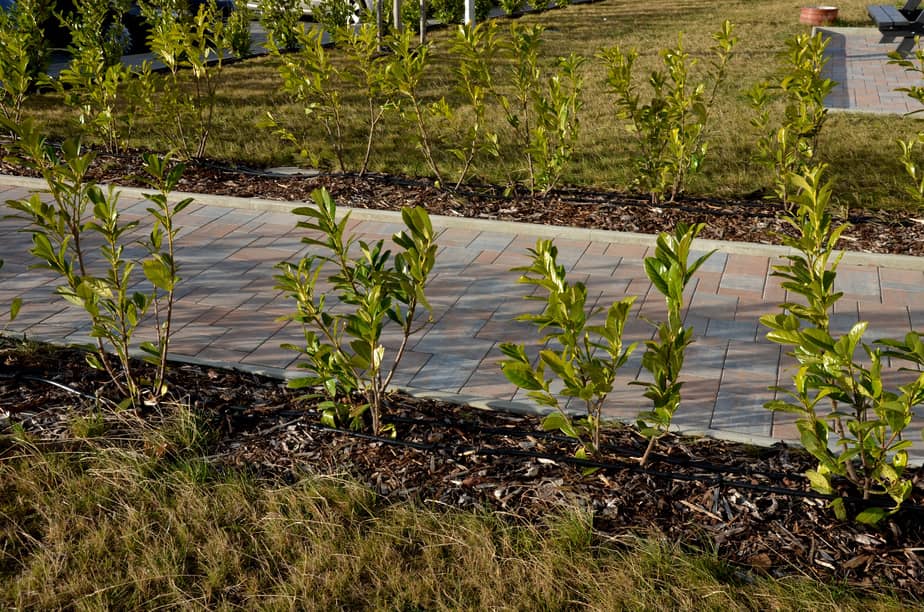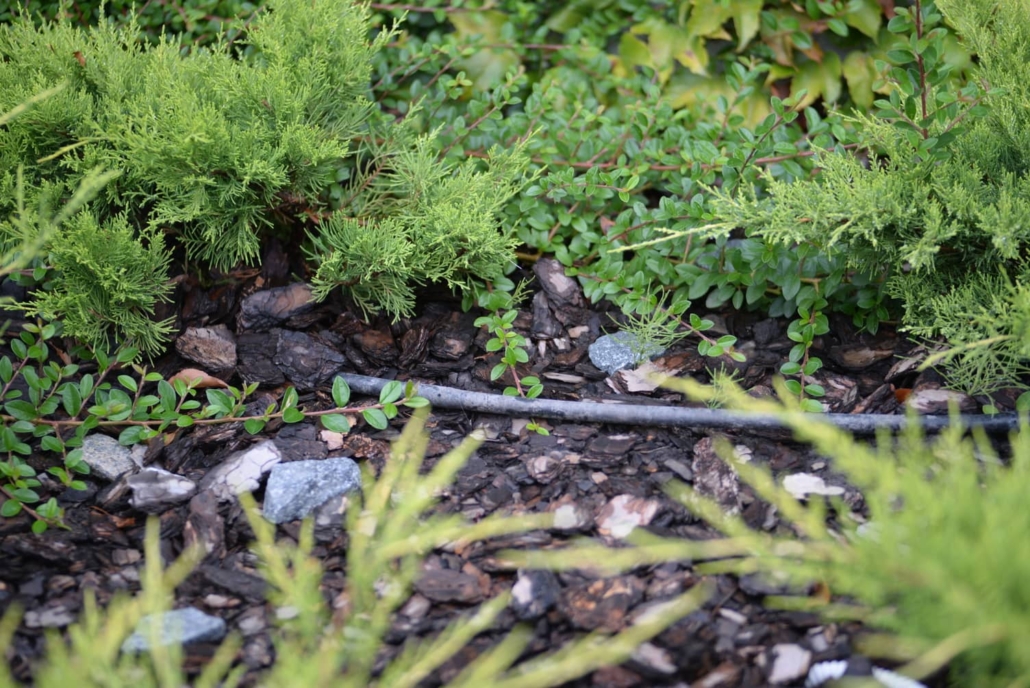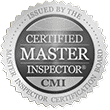How Long to Run Drip Irrigation For Shrubs
For homeowners with shrubs, drip irrigation offers an efficient way to keep plants healthy while conserving water. But how long should you run drip irrigation for shrubs? The ideal duration depends on several factors like soil type, climate, and the water needs of your plants.
In this post, we’ll cover the benefits of drip irrigation, how it works, and considerations for setting your system’s runtime when watering shrubs. You’ll learn general time recommendations based on your conditions. We’ll also discuss signs your shrubs need more or less water. With the right drip irrigation schedule, you can nurture robust root systems, prevent disease, and reduce your water usage.
What is Drip Irrigation?
Drip irrigation is a water-saving system that gives plants a drink right where they need it – at the roots. This targeted approach sets it apart from sprinklers that spray everywhere. With drip irrigation, water flows through flexible plastic tubing laid out along garden beds and borders. Small outlets called emitters are installed in the tubing. They release water slowly, drop by drop, onto the soil.
You can place emitters next to each shrub or plant. Or space them evenly to cover entire rows. The flow rate is measured in gallons per hour, so it’s easy to control how much water is applied. Unlike sprinklers, drip irrigation delivers a steady, gentle stream of moisture. This allows soil to absorb water without any runoff or puddles. Foliage stays dry, which reduces disease.
Deep watering encourages plants to grow extensive root systems. This makes them more drought-tolerant. Drip irrigation can be automated with timers and sensors for convenience.
Gardeners love drip systems because they’re affordable, customizable, and up to 90% more water-efficient than sprinklers. They excel at nourishing trees, shrubs, flowerbeds, and vegetable rows with exactly what each plant needs.

Optimizing Your Drip Irrigation Schedule
When creating a watering schedule for shrubs, focus on deep, infrequent irrigation to promote robust root growth. Frequent shallow watering leads to weak, short roots unable to withstand drought.
Aim to run drip irrigation for shrubs just once or twice per week. The optimal duration depends on:
- Soil Type – Sandy soils need more frequent watering with shorter runtimes. Clay soils stay moist longer and require less frequent, deeper watering. Loams strike a balance between the two.
- Weather Conditions – Hot, dry, windy weather causes faster moisture evaporation from soil and plant leaves. Irrigate more often during droughts or heat waves. Reduce watering in humid climates.
- Plant Varieties – Native plants and drought-tolerant varieties need less frequent watering than exotic shrubs unaccustomed to your climate.
- Season – Plants have higher water needs during hot summer months compared to cooler spring and fall. Reduce watering in winter when growth slows.
- Emitter Flow Rate – Faster watering with higher flow emitters allows you to shorten runtimes. Go longer for slower, more targeted applications.
General Drip Irrigation Runtime Guidelines
- Sandy soil: 30-45 minutes, 1-2 times per week
- Loam soil: 60 minutes, 1 time per week
- Clay soil: 90 minutes, 1 time every 1-2 weeks
Check soil moisture before each watering, and aim to supplement with occasional deep soaking during dry seasons!
Cost Considerations
Installing a drip irrigation system requires an initial investment, but you’ll reap ongoing savings from water efficiency. Here are the main factors that impact the cost:
- System scale – Larger landscapes need more tubing, emitters, and connector parts which adds expense. But costs per square foot decrease with size.
- Materials – Tubing, connectors, and emitters are available in a range of price points. Opt for UV-resistant tubing for longevity.
- Automation – Smart timers, WiFi control, moisture sensors, and valves increase automation but also cost. They can optimize watering and prevent overwatering, saving resources.
- Installation – Hiring an irrigation specialist is recommended unless you’re experienced. Professional installation averages $300-$800 but ensures proper layout and function.
- Maintenance – Occasional filter cleaning, emitter replacement, and inspections help sustain system health and water savings. Annual costs are low.
Expect to invest $200-$800 for parts in a small DIY drip system. Professionally installed systems for whole gardens with automation can cost $2,000-$5,000. The expenses tend to pay for themselves over a few years through water savings. Plus, healthy shrubs and gardens are priceless!

When to Call a Professional
Installing drip irrigation can be straightforward, but complex landscapes often benefit from an experienced irrigation specialist. Their skills and know-how prevent rookie mistakes. Large yards requiring expansive tubing layouts with dozens of emitters call for pro design and placement. Precise spacing and zoning ensure even coverage across diverse plantings.
Additionally, sloping or multilevel terrain calls for an expert eye. They can account for elevation changes and prevent runoff. Maximizing efficiency and automating watering requires specialized expertise. Advanced controllers, moisture sensors, and smart valves integrate seamlessly when installed by professionals.
Even smaller, simple drip system installations often develop leaks or coverage gaps. Proactive maintenance from experts optimizes performance. And you skip the hassle and headaches of DIY.
Finally, careful system design, leak prevention, and efficiency maximize the benefits of drip irrigation. For complex installations or advanced features, irrigation specialists earn their keep.
Other Recommended Maintenance
Aside from smart watering, a few extra care tips keep your shrubs looking their best. Each spring, spread a fresh layer of compost or mulch around shrub beds. This boosts moisture, nutrients, and healthy bacteria in the soil. Apply 2-3 inches of mulch but avoid piling it against the stems. Bark, leaves, straw, or rocks will all work.
Also, prune overgrown shrubs after blooming or during winter dormancy. Pruning opens up tangled branches for better growth and shape. Group shrubs with the same lighting and watering needs together. For example, azaleas, hydrangeas and camellias all thrive on moderate watering and partial shade. Drought-lovers like junipers need less than others in the garden.
Check leaves, stems and roots for signs of problems. Treat pests and diseases early before they get worse, and clear out dead annuals after frost so bugs have fewer places to overwinter!
Conclusion
When it comes to scheduling when to run drip irrigation for shrubs, the optimal duration leads to healthy plants. Run times that are too long cause waste and disease, and too short leaves shrubs stressed and dry.
Aim for deep weekly soakings based on your soil and climate. Sandy soils may need 30-45 minutes. Loams and silty soils 1 hour. Heavy clay even less frequently. Adjust as needed based on weather, plant types, and the season. Automated timers set to water before dawn are ideal. With the right schedule matched to your conditions, drip irrigation keeps shrubs vibrant with no hassle.
To get a second pair of eyes on your outdoor spaces or any other area in your home, schedule with Inside and Out Property Inspectors in Jacksonville, FL, and surrounding areas.



